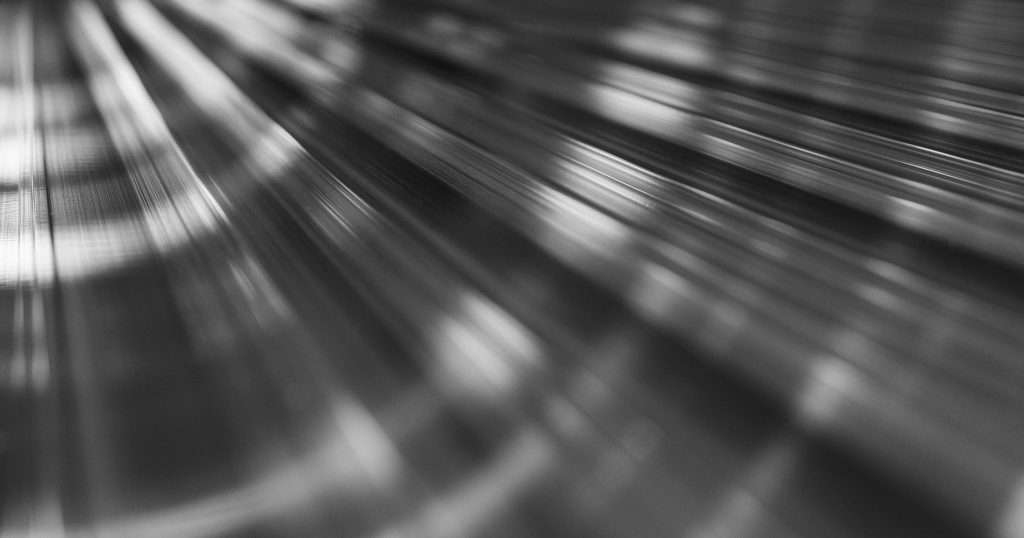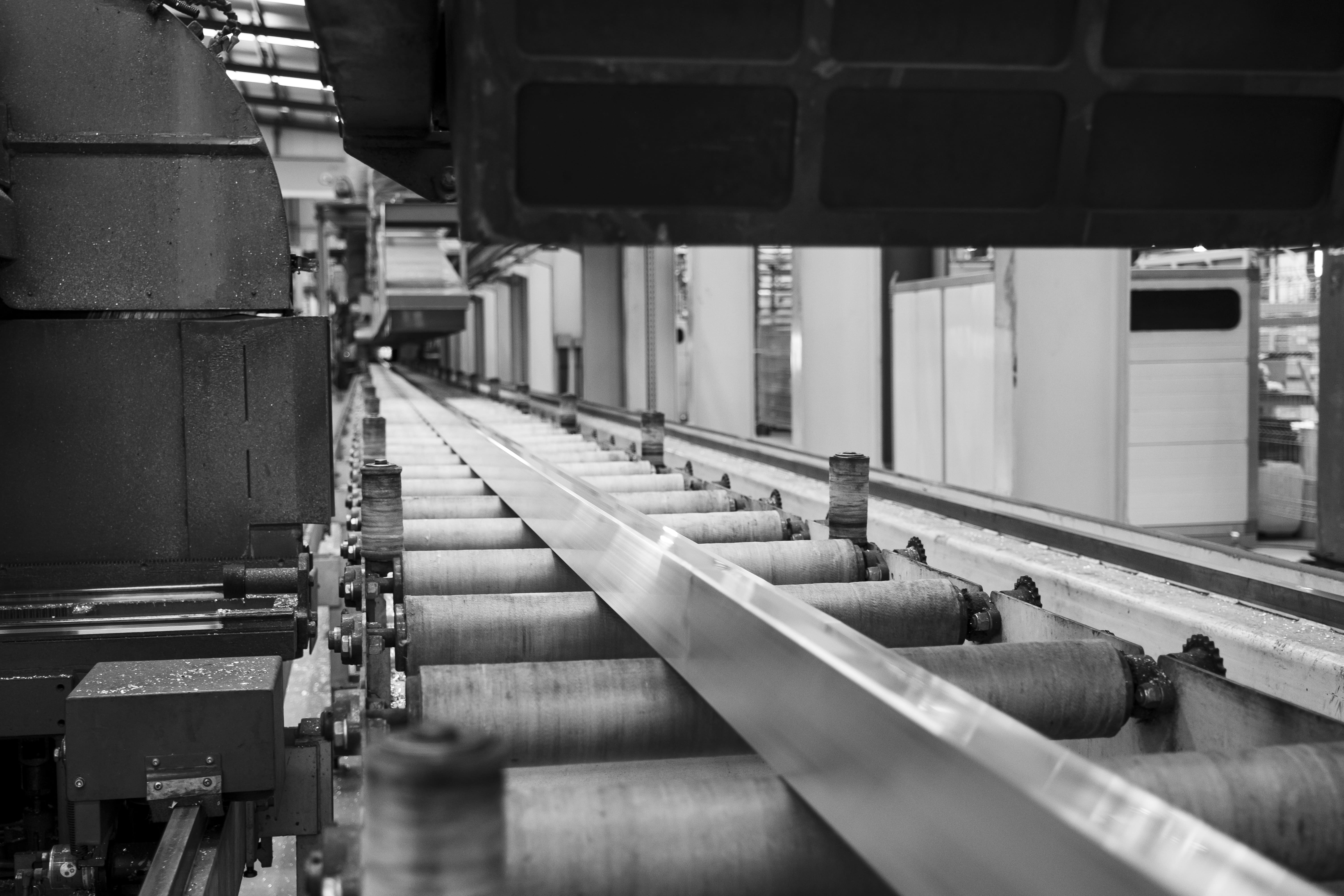Does the order of the factors alter the product?
Since we were children we have been told about the rule of the commutative property, which states that when we add or multiply two or more factors it does not matter the order, since the result of the operation will always be the same. There are actions, tasks and even some communications that are carried out without also taking management into account.
However, when it comes to a product made from an aluminum extrusion profile, it does matter. The order of the machining, lacquering and anodizing processes will depend on the characteristics of the order and the customer’s requirements.
It is not the same to machine a profile that is rough and then give it a finish through the lacquering or anodizing process, than to do it the other way around, leaving the machining process last. So, what would be the difference?
An aluminum profile, if lacquered or anodized and then machined, the surface finish would be removed in the cutting areas and the metal would be exposed. On the other hand, if machining takes place first and then lacquering or anodizing, the finish would be retained.
In the case of short parts, the best option, although also the most expensive, is to have the anodizing or lacquering carried out individually to avoid that, if machining is carried out later, no unpainted areas are left behind.
Another possible scenario is when the final part needs a surface finish all the way around (except for the cutting area) and cannot bear markings. To do this, the profile must first be machined, then anodized or lacquered, according to the prescribed finish, and then returned to machining to make a cut adjusted to the final size of the part, eliminating the support marks resulting from the application of the surface finishing processes.
In addition, there is a special and more laborious situation, which is carried out at the customer’s request, which is the case with threaded holes. These have areas where screws are inserted and cannot contain paint, so during the lacquering or anodizing process these holes must be covered with the screws themselves or something similar so that they do not acquire any finish.
Therefore, depending on the client’s needs, at Extrugasa we adapt to their requests developing a personalized work. In this sense, the technical-commercial areas always contribute their experience to the different products, guiding the customer towards the order of the processes that meet their requirements, providing a better final result.


